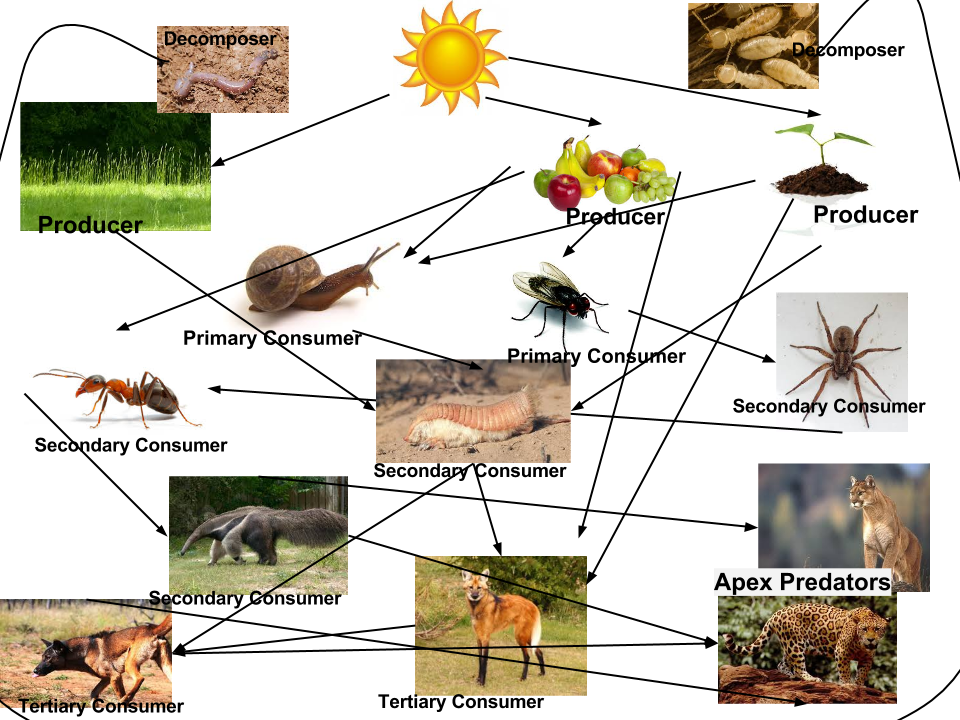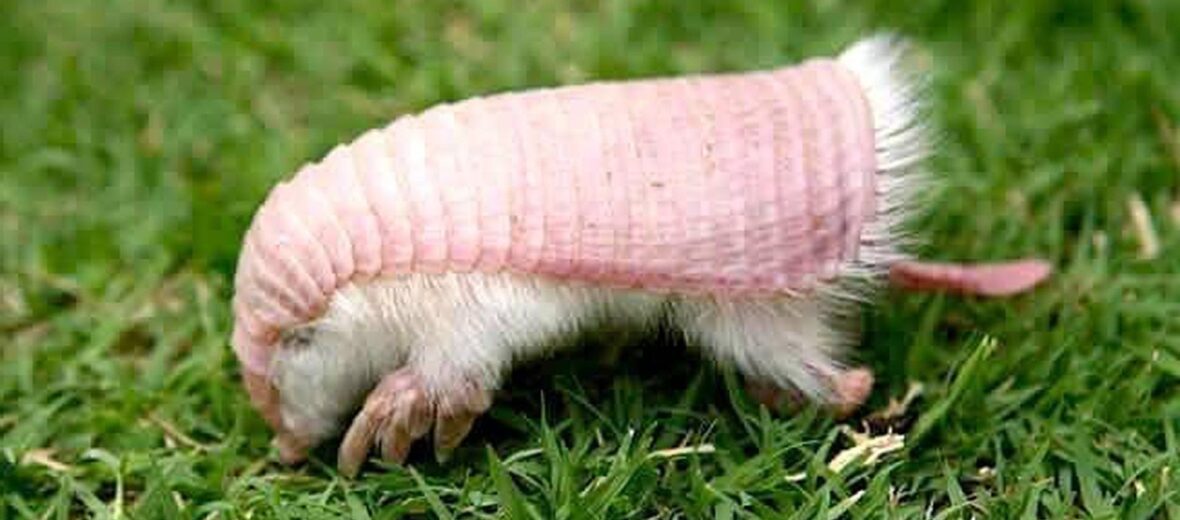Pink Fairy Armadillo Food: The Ultimate Guide To What They Eat And Why It Matters
Ever wondered what a pink fairy armadillo eats? Well, buckle up because we’re diving deep into the world of these adorable little creatures and uncovering their dietary secrets. The pink fairy armadillo, or Chlamyphorus truncatus, might be small, but it’s got a big appetite for some pretty fascinating food. If you’re here, chances are you’ve got a soft spot for these pint-sized mammals, and we’re about to give you all the deets on what keeps them ticking.
Now, before we get into the nitty-gritty of pink fairy armadillo food, let’s take a moment to appreciate just how unique these critters are. Picture this: a tiny, pink, armor-plated creature that looks like it belongs in a fantasy novel. But nope, they’re real, and they’re out there digging up dirt and munching on some seriously interesting stuff.
As we explore their diet, we’ll also touch on why understanding what they eat is crucial—not just for their survival but for the ecosystems they inhabit. So, whether you’re a wildlife enthusiast, a curious mind, or just someone who loves cute animals, this article is for you!
Read also:Discovering Linn Berggren A Rising Star In The Pop Music Scene
Table of Contents
- Introduction to Pink Fairy Armadillos
- Where Do They Live?
- Pink Fairy Armadillo Food Overview
- What Do Pink Fairy Armadillos Eat?
- Feeding Habits and Patterns
- Nutritional Needs of Pink Fairy Armadillos
- Threats to Their Diet
- Conservation Efforts
- Fun Facts About Pink Fairy Armadillo Food
- Conclusion
Introduction to Pink Fairy Armadillos
Let’s start with the basics: the pink fairy armadillo is not your average armadillo. For starters, it’s the smallest of its kind, measuring only about 3.5 to 4.5 inches long. Its most striking feature? That signature pink armor that gives it its name. But what’s even cooler is that this armor isn’t just for show—it helps regulate its body temperature and protects it from predators.
Physical Characteristics
Aside from their pinkish hue, these little guys have some other standout features. Their bodies are covered in a mix of fur and bony plates, and they’ve got strong front claws perfect for digging. And dig they do—pink fairy armadillos spend most of their time underground, where they’re safe from predators and where their food is abundant.
But here’s the thing: because they’re so elusive and rarely seen in the wild, scientists don’t know as much about them as they’d like. This makes studying their diet all the more important—and challenging.
Where Do They Live?
Pink fairy armadillos are native to the sandy plains and grasslands of central Argentina. Their habitat plays a huge role in determining their diet. These critters thrive in areas with loose soil, which makes it easier for them to burrow and forage for food. But as human activities like agriculture and urbanization continue to encroach on their territory, their access to food is becoming more limited.
Why Habitat Matters
The type of environment a pink fairy armadillo lives in directly affects what it eats. For example, if their habitat is rich in insects and grubs, that’s what they’ll feast on. But if their environment is disturbed, their food sources can dwindle, putting their survival at risk. Understanding their habitat helps us understand their dietary needs and how we can protect them.
Pink Fairy Armadillo Food Overview
So, what exactly do pink fairy armadillos eat? Their diet is as fascinating as they are. These little creatures are insectivores, meaning they primarily feed on insects and other small invertebrates. But it’s not just bugs—they also snack on plant matter and sometimes even carrion. Their diverse diet is what keeps them healthy and thriving in the wild.
Read also:Kaylee Hartungs Journey Through Eye Surgery A Comprehensive Guide
Key Components of Their Diet
Here’s a quick rundown of the main components of a pink fairy armadillo’s diet:
- Insects (ants, beetles, larvae)
- Grubs and worms
- Roots and tubers
- Occasionally, small amounts of carrion
Each of these food sources plays a vital role in their overall health and well-being. And while they might not be the pickiest eaters, they do have specific preferences that help them survive in their unique environment.
What Do Pink Fairy Armadillos Eat?
Now, let’s dive deeper into the specifics of pink fairy armadillo food. As we mentioned earlier, these little guys are insectivores, and their diet revolves around a variety of insects and other small creatures. But what makes their diet so interesting is how they obtain their food.
Insects: The Main Course
Insects make up the bulk of a pink fairy armadillo’s diet. They’re particularly fond of ants, beetles, and larvae, which they dig up from the soil using their powerful front claws. These insects provide them with the protein and energy they need to survive in their harsh desert environment.
Plant Matter: A Side Dish
While insects are their primary food source, pink fairy armadillos also eat roots, tubers, and other plant matter. This part of their diet provides them with essential nutrients and fiber, helping to balance out their overall intake. It’s like their version of a salad!
Feeding Habits and Patterns
Understanding how pink fairy armadillos eat is just as important as knowing what they eat. These creatures have some pretty unique feeding habits that make them stand out from other armadillos.
Underground Dining
Because they spend so much time underground, pink fairy armadillos have adapted to eating in their burrows. They use their strong claws to dig through the soil, uncovering insects and grubs as they go. This method of feeding not only keeps them safe from predators but also ensures they have a steady supply of food.
Seasonal Variations
Like many animals, pink fairy armadillos adjust their diet based on the seasons. During the rainy season, when insects are more abundant, they’ll feast on a wider variety of bugs. But during the dry season, they’ll rely more on plant matter to sustain themselves.
Nutritional Needs of Pink Fairy Armadillos
Just like humans, pink fairy armadillos have specific nutritional needs that must be met to stay healthy. Their diet is carefully balanced to provide them with the right mix of protein, fat, and carbohydrates.
Protein Power
Insects are a rich source of protein, which is essential for muscle growth and repair. Pink fairy armadillos need plenty of protein to maintain their strength and energy levels, especially since they’re constantly digging and foraging for food.
Fiber and Carbs
Plant matter provides pink fairy armadillos with fiber and carbohydrates, which are crucial for digestion and energy production. Without these nutrients, they wouldn’t be able to survive in their harsh desert environment.
Threats to Their Diet
Unfortunately, pink fairy armadillos face a number of threats that can impact their diet and overall survival. Habitat loss, climate change, and human activities are all taking a toll on these incredible creatures.
Habitat Loss
As more and more land is converted for agriculture and urbanization, pink fairy armadillos are losing access to their natural food sources. This not only affects their diet but also their ability to find safe places to live and reproduce.
Climate Change
Changes in weather patterns can also disrupt the availability of food for pink fairy armadillos. Droughts and extreme temperatures can reduce the number of insects and plants available, making it harder for them to survive.
Conservation Efforts
Thankfully, there are people and organizations working hard to protect pink fairy armadillos and their habitat. Conservation efforts focus on preserving their natural environment and raising awareness about their importance in the ecosystem.
Protected Areas
Establishing protected areas where pink fairy armadillos can live and forage without disturbance is one of the most effective ways to conserve their population. These areas provide them with the space and resources they need to thrive.
Public Awareness
Educating the public about the importance of pink fairy armadillos and their role in the ecosystem is another key component of conservation. By raising awareness, we can inspire more people to take action and help protect these amazing creatures.
Fun Facts About Pink Fairy Armadillo Food
Before we wrap up, here are a few fun facts about pink fairy armadillo food that you might not have known:
- They can eat up to half their body weight in insects in a single day!
- They have a special enzyme in their saliva that helps them digest tough insect exoskeletons.
- They’re one of the few armadillo species that eat carrion.
Isn’t it amazing how much there is to learn about these tiny but mighty creatures?
Conclusion
And there you have it—the ultimate guide to pink fairy armadillo food. From their insect-heavy diet to their unique feeding habits, these little guys are truly fascinating. But as we’ve seen, their survival depends on the health of their habitat and the availability of their food sources.
So, what can you do to help? Start by spreading the word about these incredible creatures and the importance of conserving their environment. Share this article with your friends and family, and encourage them to learn more about pink fairy armadillos and their role in the ecosystem.
And who knows? Maybe one day you’ll get to see one of these adorable creatures in the wild—and witness their eating habits firsthand. Until then, keep exploring, keep learning, and keep supporting the conservation efforts that make a difference for these amazing animals. Thanks for reading, and don’t forget to leave a comment or share your thoughts below!


